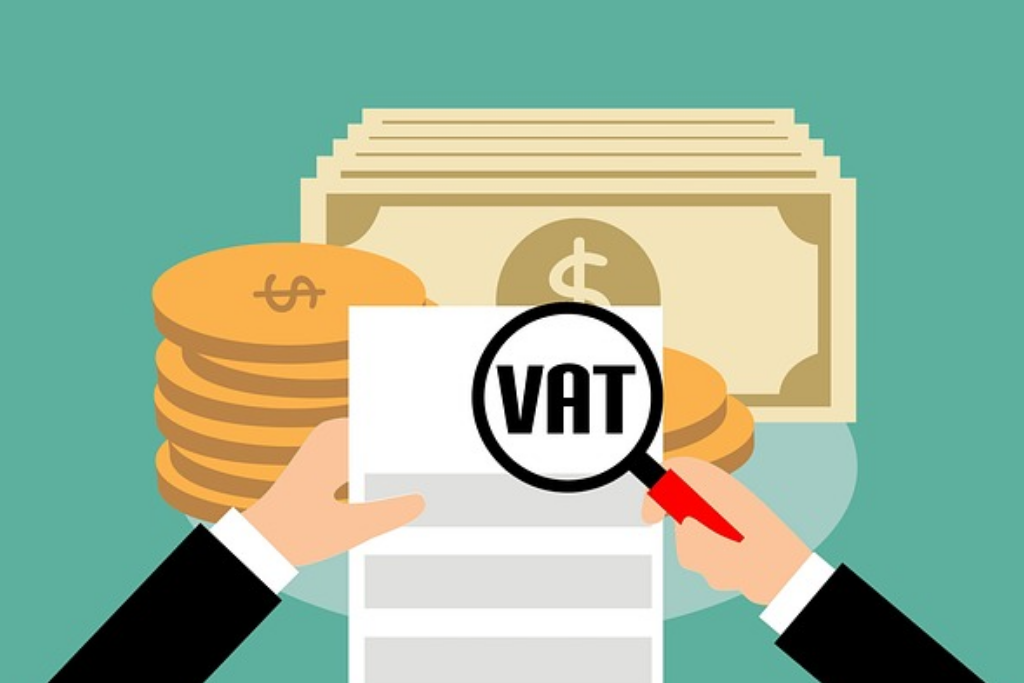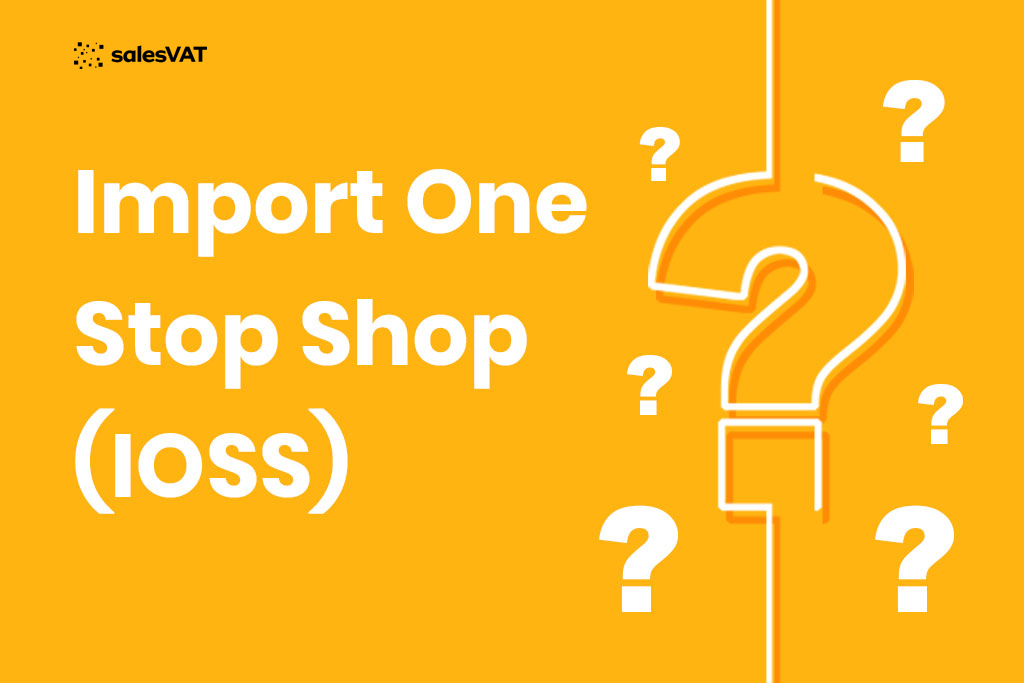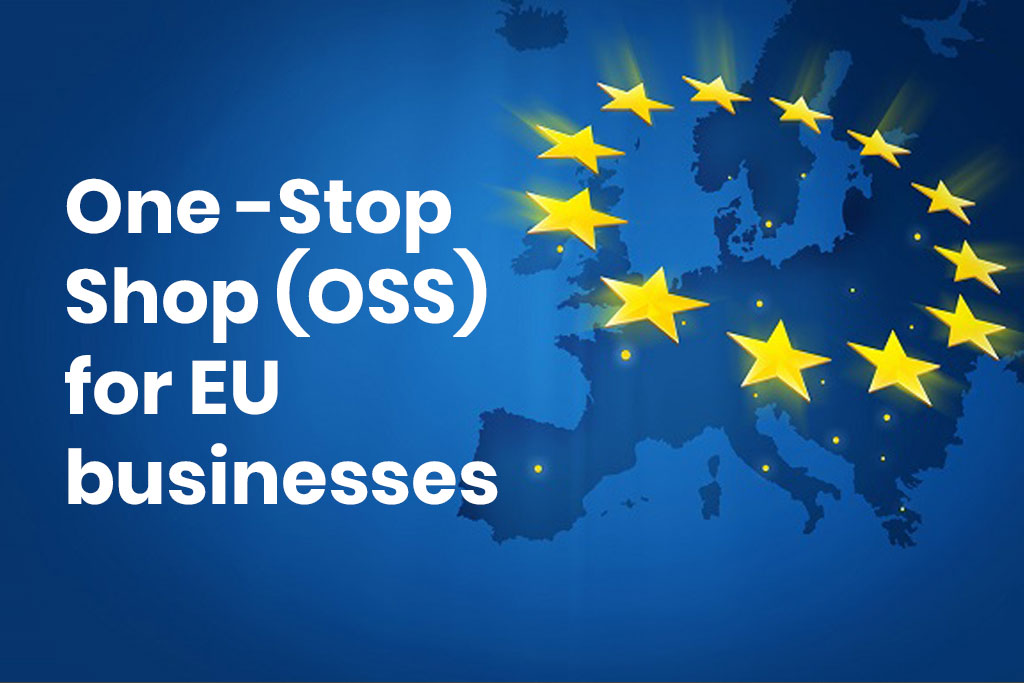
More often than not, EU consumers and businesses face unique challenges that prevent them from utilizing the benefits of digital tools and technologies to the fullest. Typical challenges include restricted access to services/goods, excessive VAT/tax obligations, legal compliance in cross-border trade, updating copyright rules to adapt to the digital age, cyber-attacks, consumer data privacy, and so on.
To combat these and to make the best use of digital tools/technologies – the European Commission proposed EU Digital Single Market Strategy. It is one of the European Commission’s top political priorities aimed at moving the 28 EU individual digital markets into a single EU-wide market – facilitating access to online services for all EU citizens and improving competitiveness among eCommerce businesses.
The Digital Single Market seeks to;
- Ensure free moment of digital services among EU citizens
- Seamless access to online services/goods irrespective of nationality or country of residence
- High level of data protection for consumers and businesses
- Establish fair competition between eCommerce businesses
Adopted back on 6th May, 2015 – the EU Digital Single Market Strategy consists of three important policy pillars.
- Pillar 1: Improved access to digital services and goods
- Pillar 2: Setting the right environment for digital services to grow
- Pillar 3: Boost European digital economy
Let’s take a brief look at what these policies are and their key objectives.
Pillar 1: Improved access to digital services and goods:
Each EU Member State has different rules, guidelines, and legislation that hinder the growth of the European digital economy. The EU Digital Single Market directive aims at boosting digital economic growth by providing seamless access to e-services/goods for both EU consumers and businesses. This policy pillar seeks to regulate cross-border traders, harmonize VAT regimes across the EU, and improve consumer e-privacy/protection.
Pillar 2: Setting the right environment for digital services to advance:
The second policy pillar aims at providing a suitable environment for digital services and networks across EU member states. It addresses key objectives such as protecting consumer data, delivering secure infrastructure for online transactions, and establishing fair competition between eCommerce businesses. On the whole, policy pillar 2 seeks to transform the EU digital market by making it a suitable environment for digital services to prosper and grow.
Pillar 3: European digital economy and its growth potential:
The third policy pillar seeks to maximize the growth potential of the overall EU digital economy. This will be pursued in building trade competitiveness and standardization, enabling the free flow of data among EU countries and creating an inclusive digital society – that facilitates seamless cross-border trade and transaction.
EU Digital Single Market Strategy – Key objectives:
- Create more jobs
- Boost economic growth and trade
- Ensure the development of secured technology
- Establish a transparent digital trade
- Address the threat to economic competitiveness
- Expand access to e-services for both businesses and consumers
Summary:
In the history of innovation, digital technology has revolutionized our day-to-day lives and has become crucial for the normal functioning of our society. In addition to financial institutions and the healthcare sector, technology has caused a huge impact on how the exchange of services and goods is carried out between businesses and consumers. The EU Digital Single Market Strategy is all about taking complete advantage of the evolving digital transformation while providing its citizens, businesses, and governments an opportunity to utilize digital services to the fullest.
At salesVAT automated VAT calculation software for online retailers, we help eCommerce businesses get accurate VAT calculations for all eCommerce platforms such as Amazon, eBay, Shopify, and more… If you are an eCommerce entrepreneur looking to get your cross-border VAT calculations right, we would suggest you try VAT calculation software salesVAT with our 30 days free trial. Our software is specially designed to make your eCommerce VAT calculation process simple, quick, and accurate.
B2B VATB2C VATCross border salesCross border transactionDSMeCommerce sellersEU businessesEU digital single market strategyEU VAT regulationImport-One-Stop-ShopIOSSLegal complianceNew EU VAT rulesnew VAT rulesOne-Stop-ShopOSSSalesVATSalesVAT SoftwareVAT for Amazon sellersVAT for eBay sellersVAT threshold



Leave a Reply
You must be logged in to post a comment.